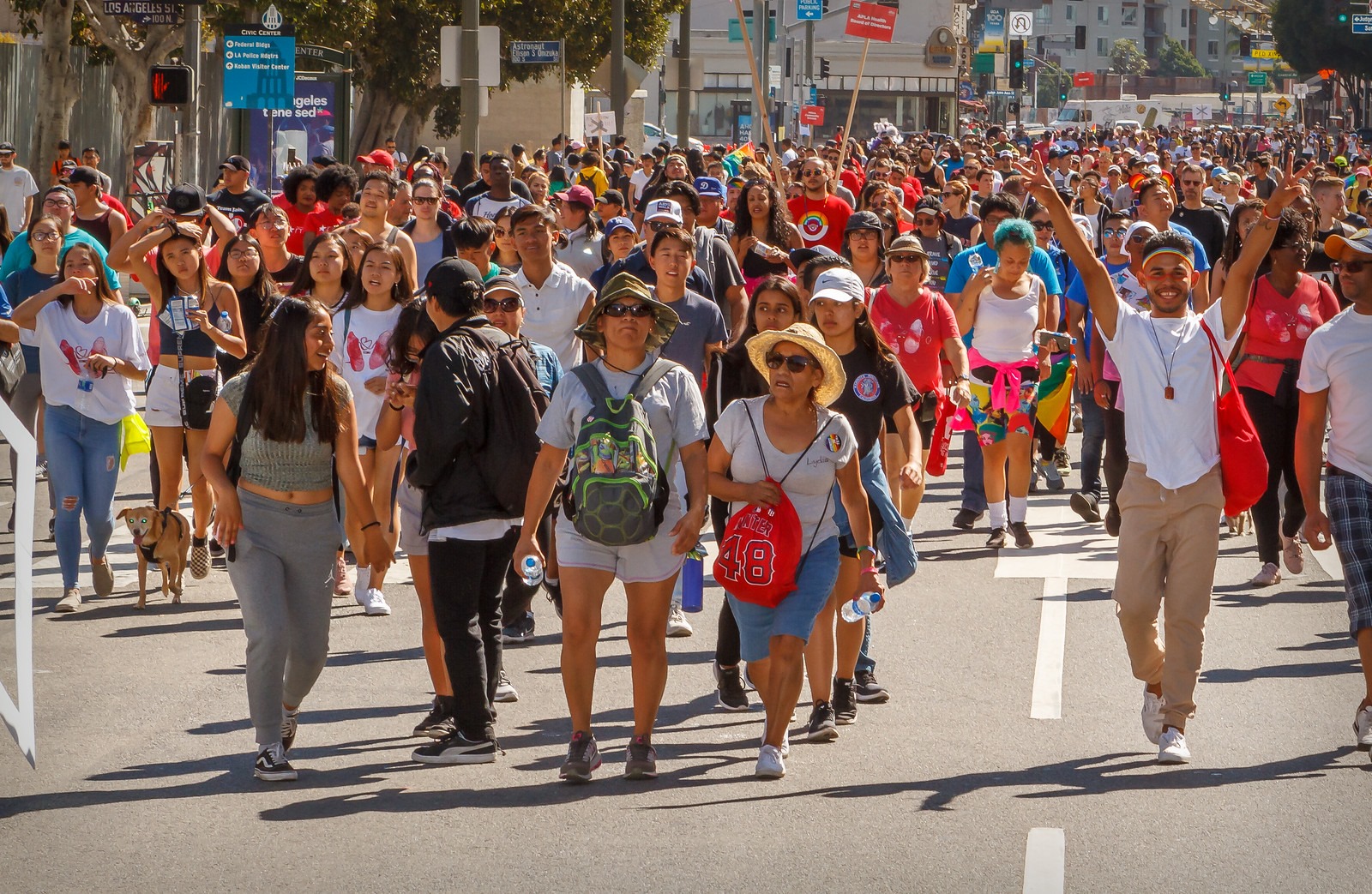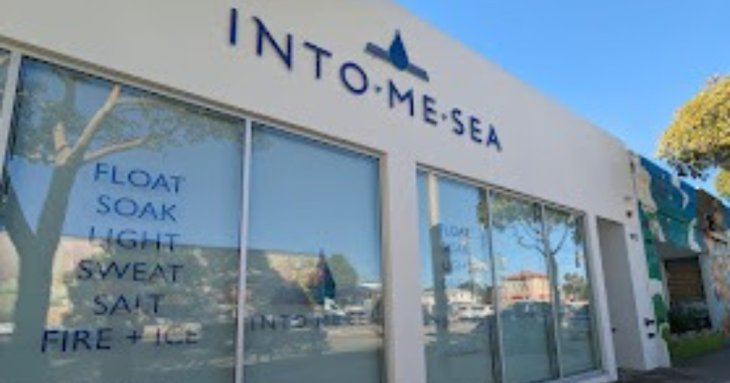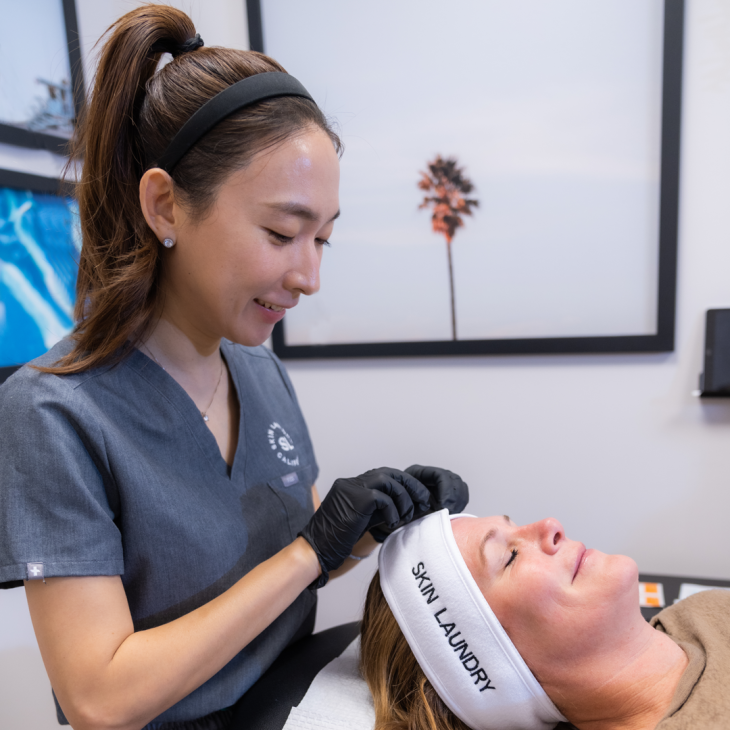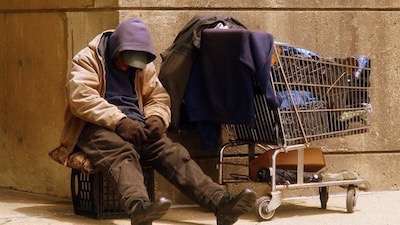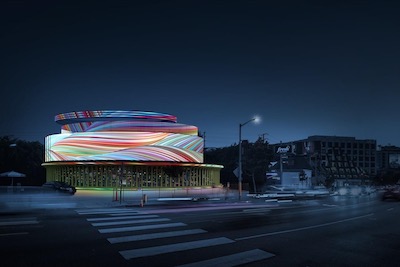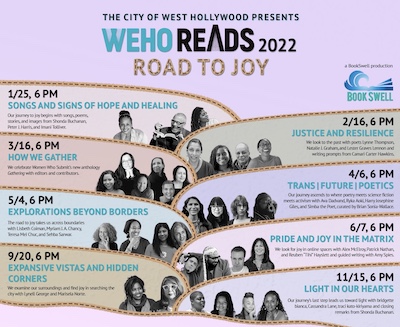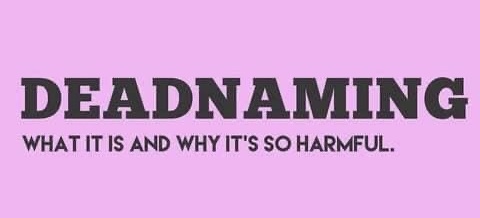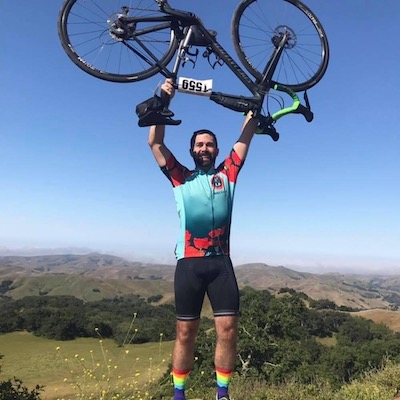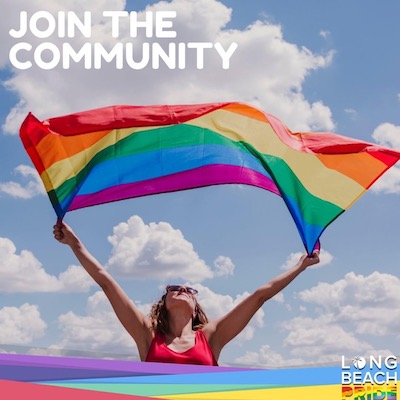The City of West Hollywood needs the public’s health recording data on HIV stigmatization.
“Stigma and discrimination are potentially the most difficult aspects of HIV/AIDS to address,” a City press release stated. “For people living with HIV, stigma is related to negative psychosocial, physical and mental health issues such as social isolation, anxiety, and depression.”
The City released the fifth wave of its online survey campaign last week in part of its HIV Zero Strategic Plan. One goal of the HIV Zero Strategic Plan is building an inclusive community that supports underserved groups and honors contributions folks living with HIV have made.
The prejudice and discrimination resulting from HIV stigma can be overt, such as barriers to healthcare coverage or employment termination, or subtle, such as social exclusion. Sexual orientation-based stigma can negatively affect mental health, coping skills and willingness to disclose sexual orientation, which impacts healthcare, access to screenings and preventative medicine.
HIV/AIDS has had a significant impact on the City of West Hollywood and, as early as the mid-1980s, the City was one of the first government entities to provide social services grants to local HIV/ AIDS organizations. The City of West Hollywood’s HIV Zero Strategic Plan embraces a vision to “Get to Zero” on many fronts: Zero new infections. Zero progression of HIV to AIDS. Zero discrimination. Zero stigma.

For men in West Hollywood, the number of recently diagnosed per 100 (0.4) and living with HIV per 100 (12.9) is extremely high compared to Los Angeles County, where HIV diagnoses is 0.03 per 100 men and living with HIV is 0.9 per 100.2, according to the HIV Zero Strategic Plan.
Last month, AIDS Walk Los Angeles held its 35th annual walk saw ten thousand participants, volunteers and sponsors and raised nearly $1.6 million.
“Between our first AIDS Walk in 1985 and today, we have seen a lot of progress in the fight against HIV and AIDS. Right now, we have the very real possibility to bring down the number of new infections because of resources like PrEP and educational tools like U=U,” APLA Health CEO Craig E. Thompson said. “AIDS Walk LA continues to bring HIV and AIDS to the forefront and raise awareness of its effects on communities in Los Angeles County—the second largest epidemic in the United States. AIDS Walk also helps to raise vital funds that keep people living with HIV in support programs, and increase outreach for our HIV prevention programs. We know that medical care and education will help stop this disease.”
The City has launched an online survey, which is available at www.weho.org/hivzero. Residents and members of the community, regardless of HIV status, are encouraged to provide input, which will be helpful to the City in the ongoing implementation of its HIV Zero plan. This is the fifth wave of the survey on stigma. Community members are encouraged to take part in the survey even if they have completed a survey as part of a previous wave.

